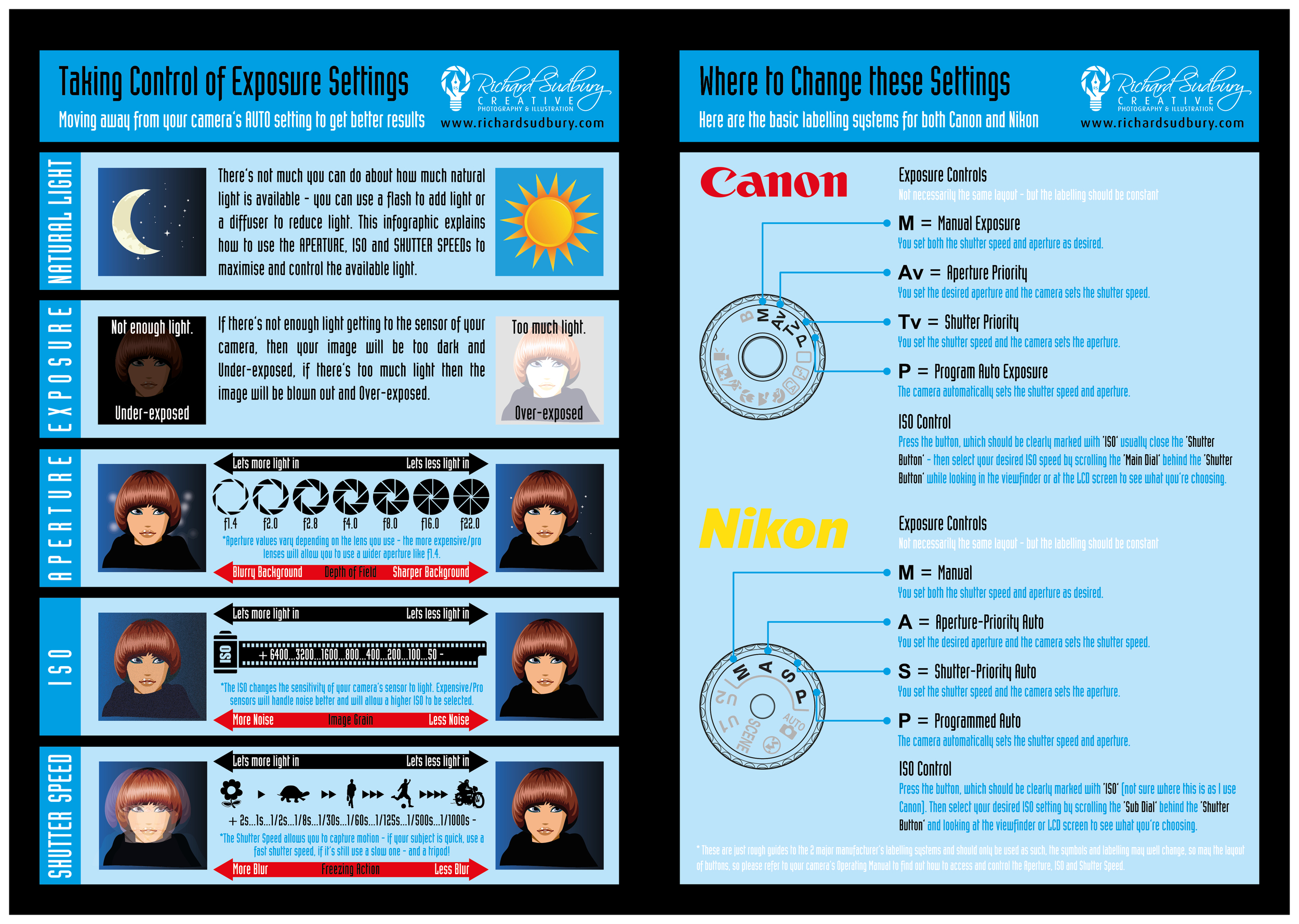What Every Professional Photographer Must Understand About Illumination
What Every Professional Photographer Must Understand About Illumination
Blog Article
Short Article By-Parks Heath
As a professional photographer, you recognize that lighting can make or break your pictures. Comprehending the nuances of both all-natural and synthetic light is vital for capturing the state of mind and clarity you aim for in your job. Whether you're chasing the excellent golden hour glow or fine-tuning your fabricated setups, understanding these elements can elevate your digital photography significantly. However there are common challenges that lots of neglect, and acknowledging them can transform your strategy to every shoot. Allow's discover what you might be missing out on and how it can affect your results.
Comprehending Natural Light
Comprehending all-natural light is critical for any kind of professional photographer looking to improve their work. It's the foundation of excellent digital photography, influencing state of mind, tone, and quality. When you shoot outdoors, take notice of the time of day. The gold hour-- quickly after sunrise and prior to sundown-- offers soft, cozy light that can change regular scenes into magnificent pictures.
Don't ignore the power of cloudy days. Cloud cover diffuses sunshine, creating a soft, even light that's excellent for portraits and macro photography. You'll discover colors pop in this type of lights without severe darkness.
Placing matters, as well. Always consider your topic's orientation to the light source. If the sun's behind your topic, you might end up with a shape, which can be dramatic but mightn't be what you desire. Alternatively, direct sunlight can create uncomplimentary shadows.
Trying out angles; occasionally, transforming your perspective can yield amazing outcomes. Usage natural reflectors, like water or sand, to jump light onto your topic, adding measurement.
Mastering Artificial Light
Mastering artificial light is essential for professional photographers who intend to take their abilities to the next degree. Whether you're using speedlights, studio strobes, or constant lights, comprehending how to adjust these resources can significantly boost your images.
Start by acquainting yourself with the fundamentals of light top quality, direction, and shade temperature. Experiment with various modifiers like softboxes, umbrellas, or grids to control the gentleness or harshness of the light.
You'll locate that soft light typically produces lovely results, while harsher light can add dramatization and depth. visit the following internet page shy away from shadows; they can improve the three-dimensionality of your subjects.
Pay very close attention to the placement of your lights. A light located as well near your topic can produce uncomplimentary results, while as well far away can bring about an absence of detail. Utilize a light meter or your video camera's pie chart to guarantee you're subjecting appropriately.
Lastly, keep in mind that artificial light can be combined with ambient light for innovative results. Stabilizing these resources may take technique, but once you understand it, your digital photography will really beam.
Methods for Various Situations
When you step into various shooting situations, adjusting your lights strategies is crucial for capturing the most effective photos. For outdoor pictures, make use of the gold hour-- morning or late afternoon light-- to soften shadows and enhance complexion.
If it's an extreme lunchtime sun, consider making use of a reflector to bounce light back onto your subject or seek shaded areas for a more also direct exposure.
In low-light situations, like interior events, increase your ISO and utilize a wide aperture to let in more light. A tripod can help eliminate video camera shake, allowing for longer exposures without blurring.
If Medical Residency headshot contending evening, try out off-camera flash to produce dynamic lighting and depth in your images.
For product photography, use diffused illumination to avoid rough representations. Softboxes or light tents can aid accomplish this effect.
When photographing landscapes, consider the instructions of light and time of day, as it can significantly change the mood of your shot.
Constantly be ready to adjust your setups and placing based on the scenario, as adaptability is key to mastering illumination in digital photography.
Verdict
In conclusion, mastering illumination is essential to raising your photography skills. Welcome all-natural light's appeal during gold hour, and don't avoid trying out fabricated light techniques. By adjusting your technique to different circumstances, you'll record stunning pictures that reverberate with feeling and clarity. Remember, the best lights can change an ordinary shot into something extraordinary, so maintain practicing and refining your understanding of both all-natural and synthetic light. Happy capturing!
